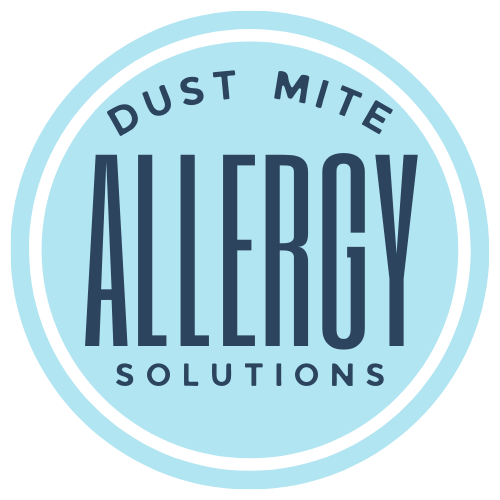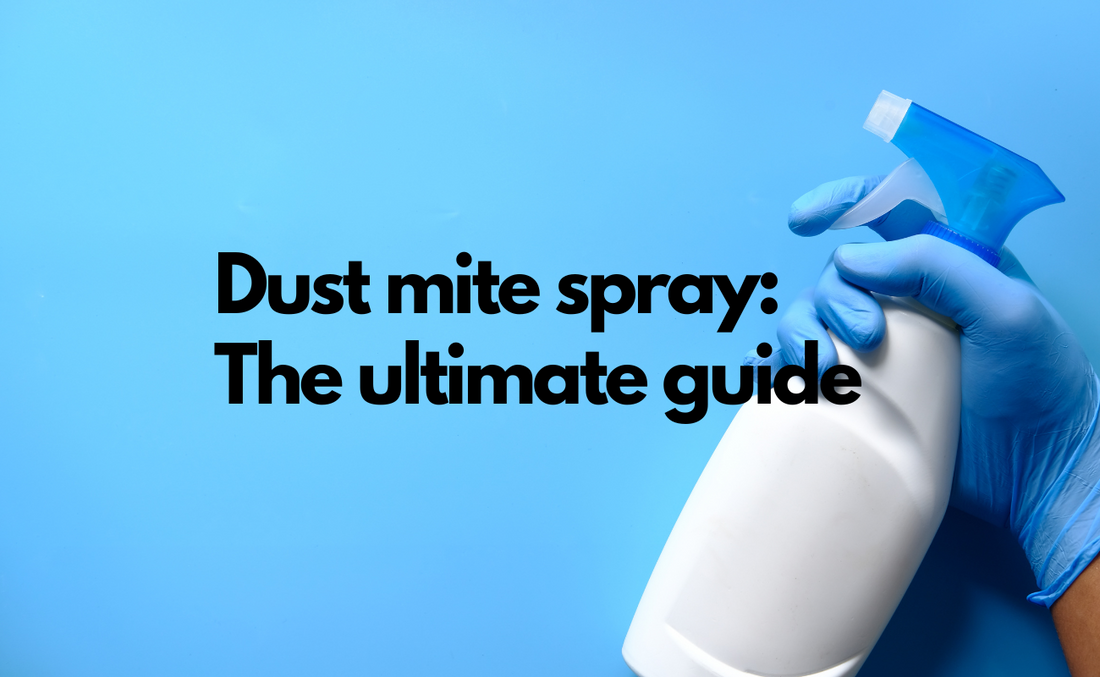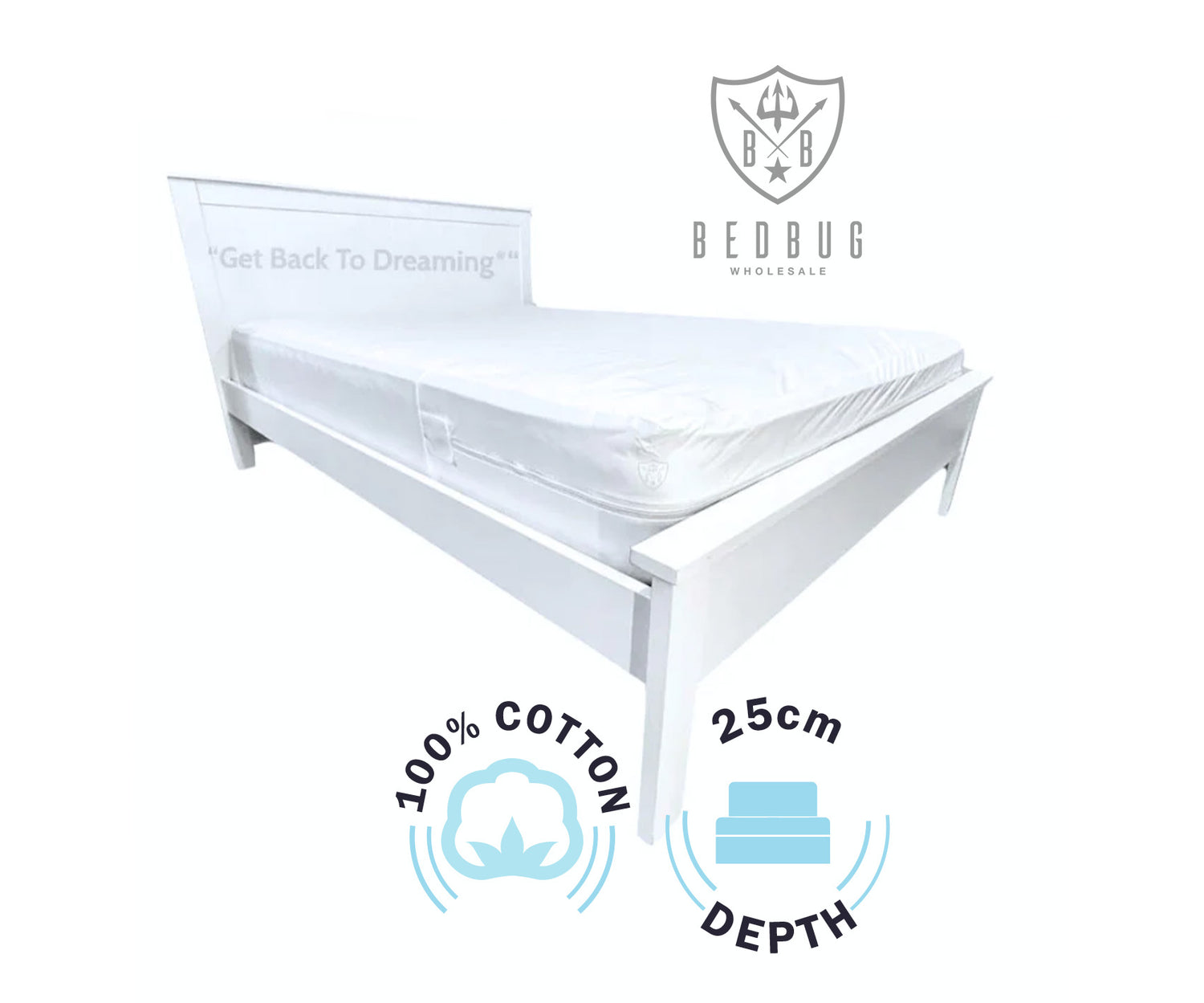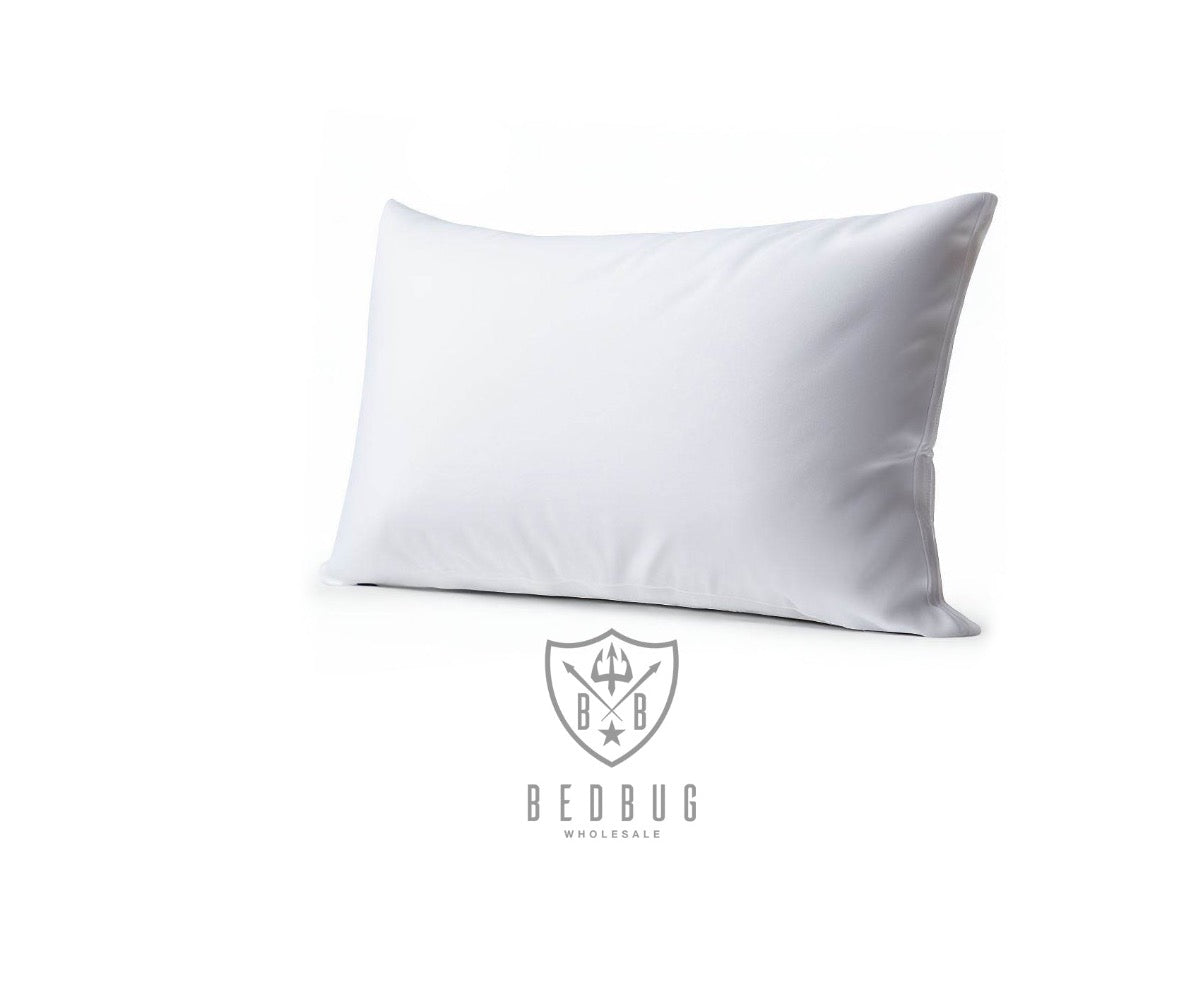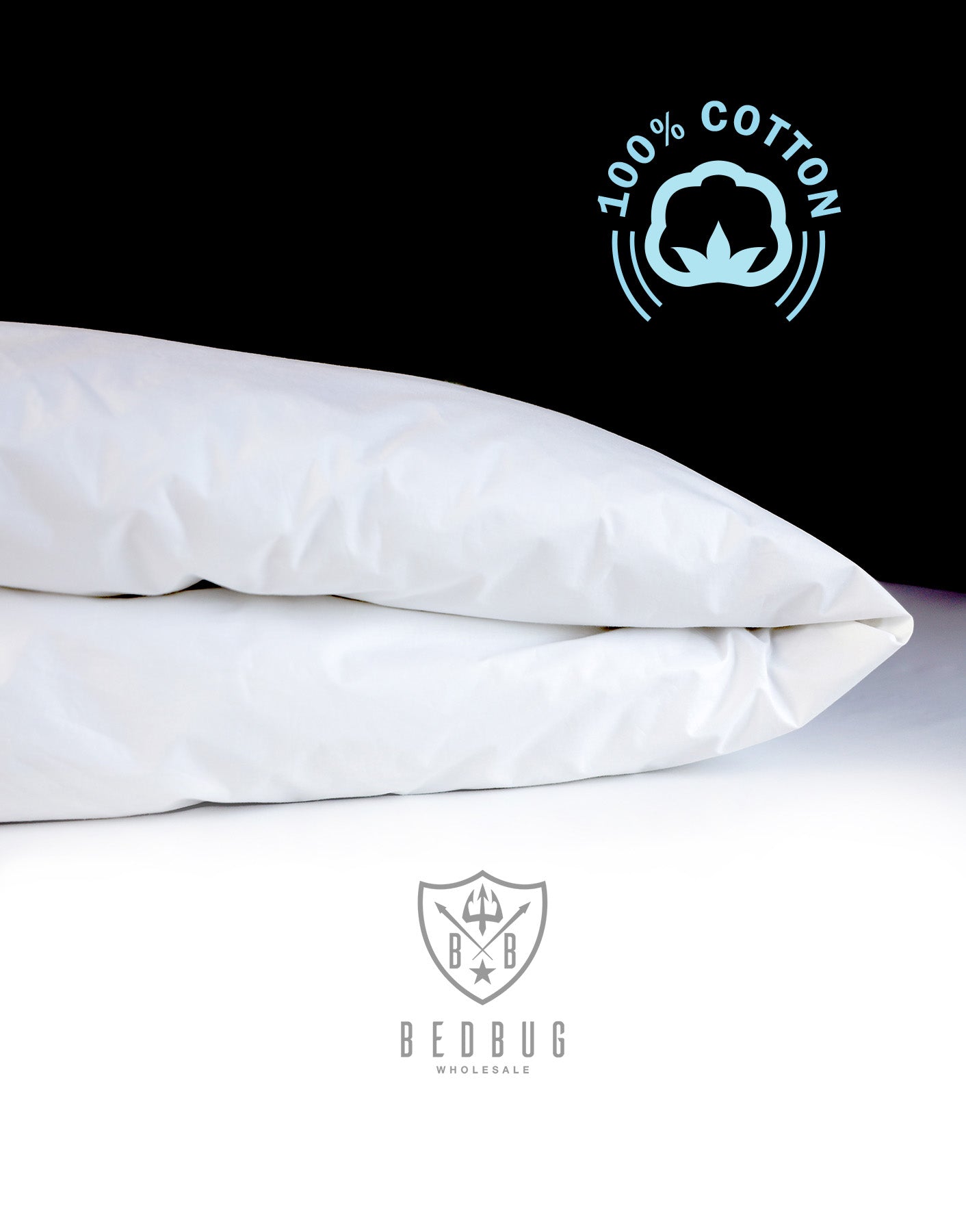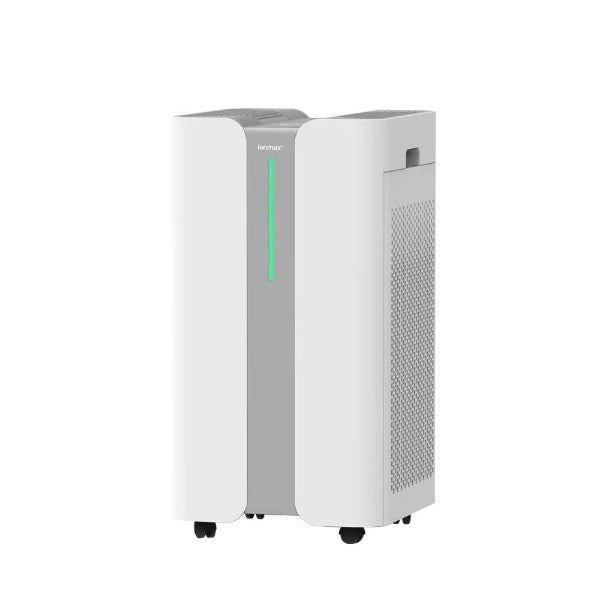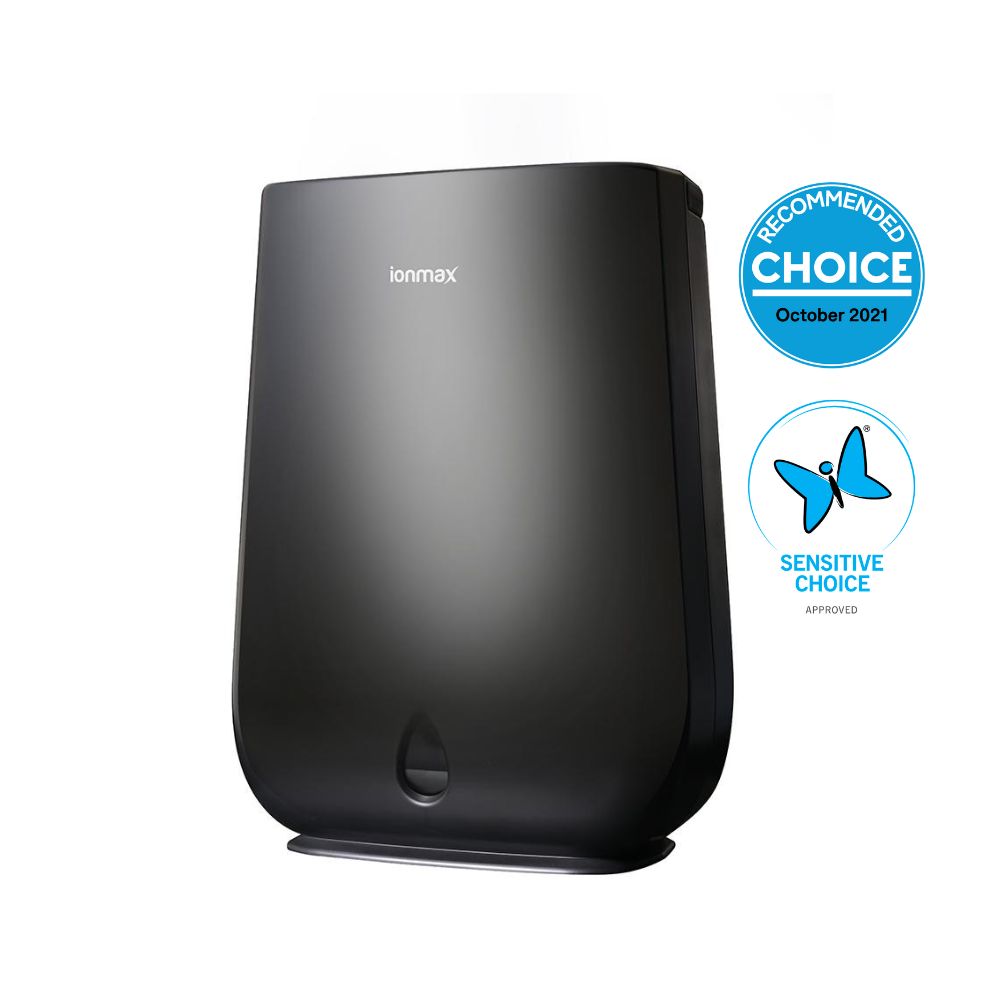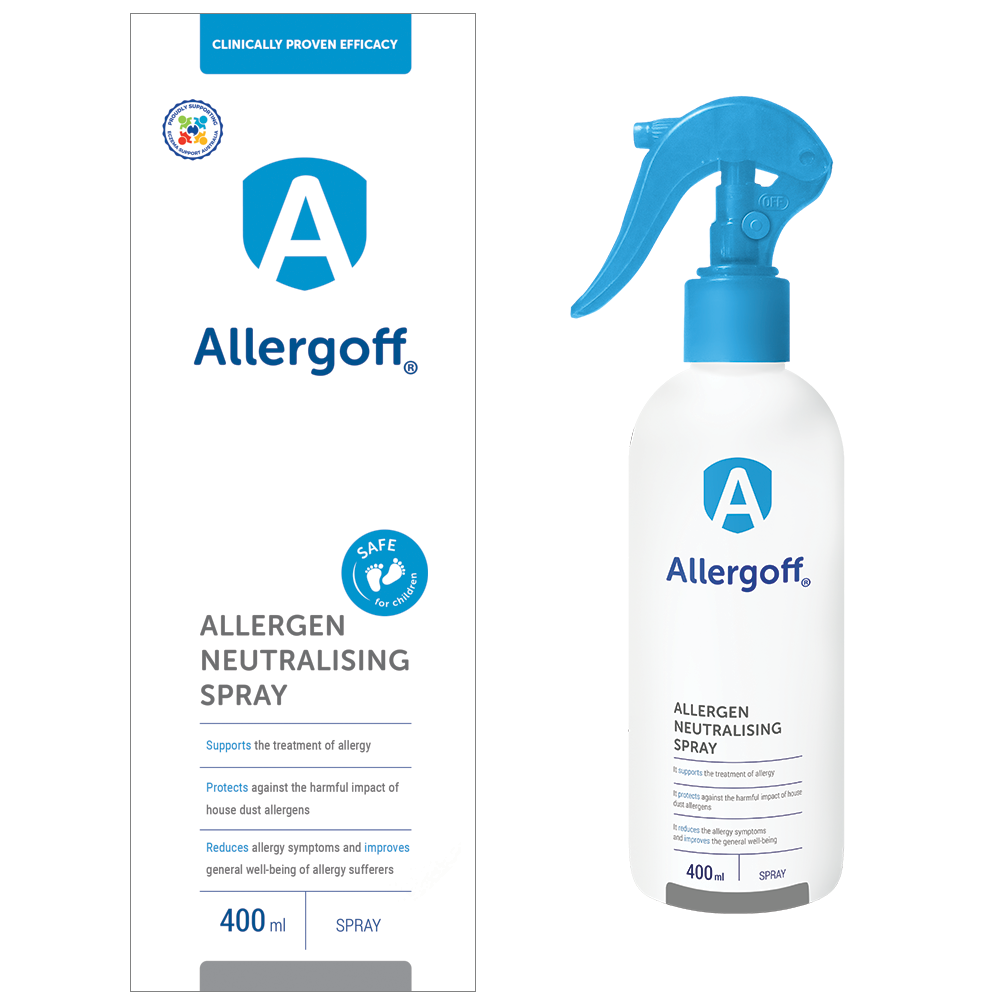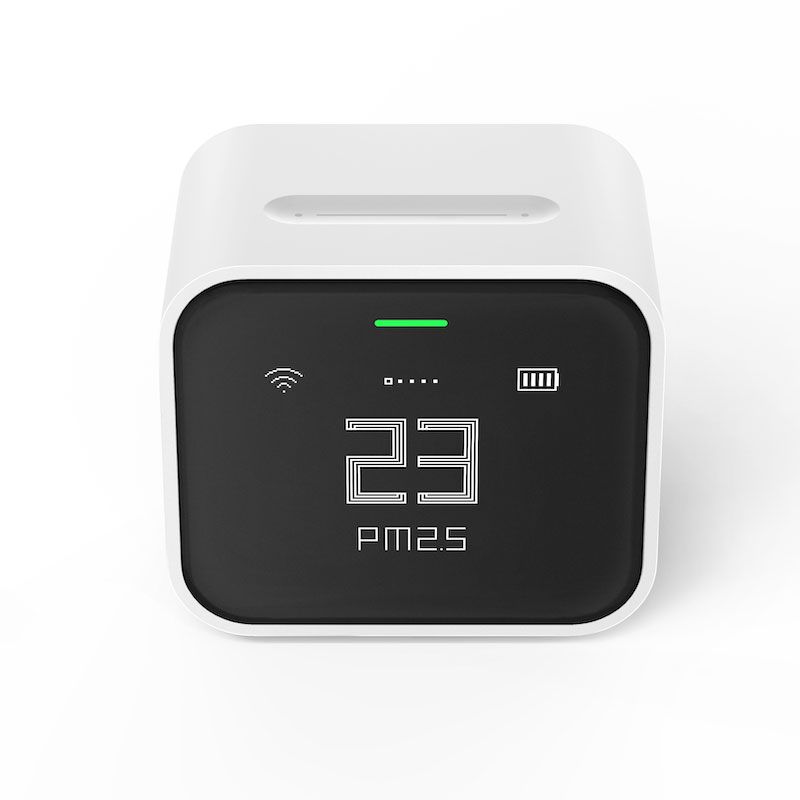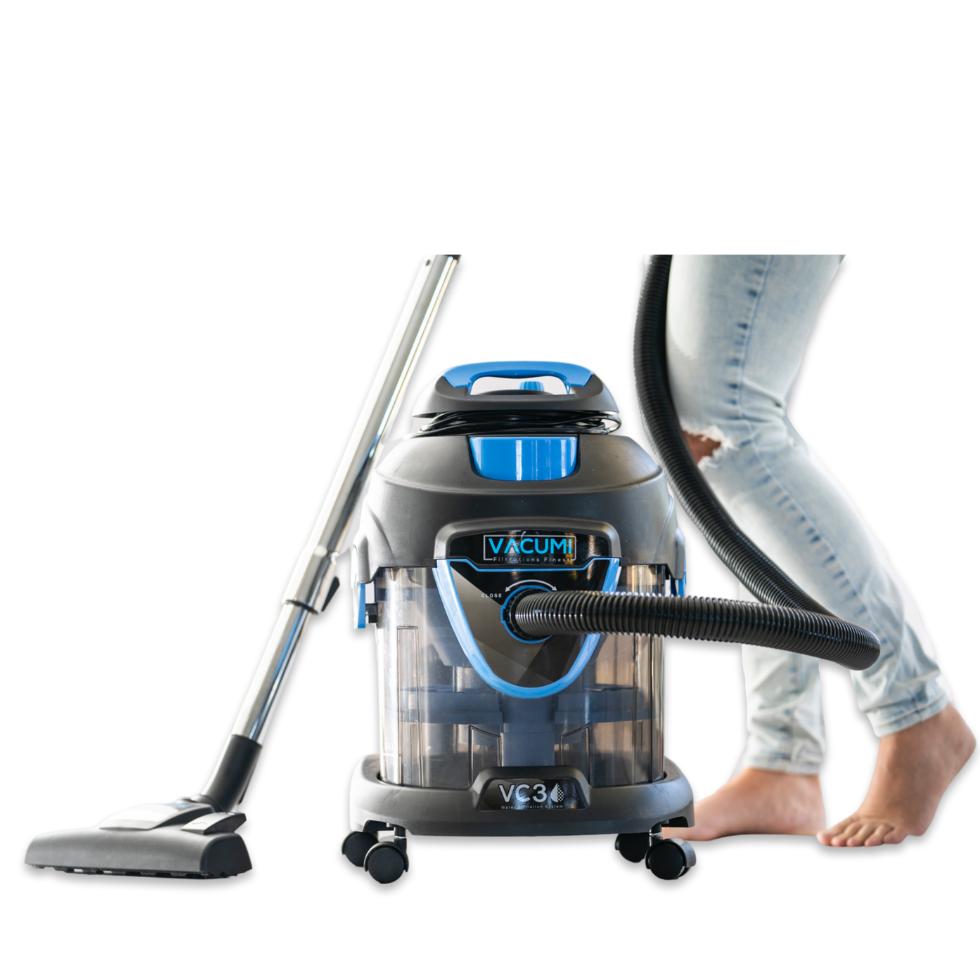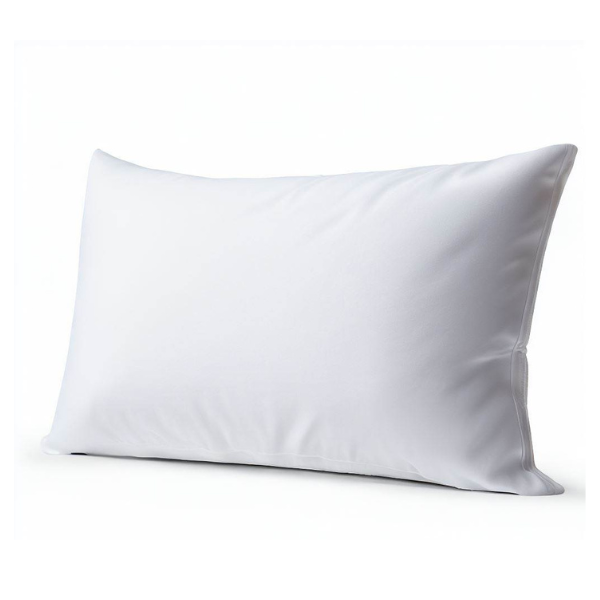Is dust mite spray effective?
Dust mite spray can be effective in reducing dust mites and their allergens when used as part of a comprehensive strategy. Be sure to follow the instructions carefully, but remember that it may not completely eliminate dust mites.
- What are dust mites and why are they a problem?
- What are the different types of dust mite sprays?
- Does dust mite spray work?
- Factors to consider when choosing a dust mite spray
- How to use dust mite spray effectively
- Dust mite spray for mattress, couch, carpets, and more
- Does Glen 20 kill dust mites?
- Will dust mite spray kill scabies?
- Will dust mite spray kill bed bugs?
- Where to buy dust mite spray in Australia?
- Common misconceptions about dust mite sprays
What are dust mites and why are they a problem?
Dust mites are tiny creatures that can cause allergic reactions in people who are sensitive to them. They love warm, damp places and often live in bedding, mattresses, and upholstered furniture.
According to NIH, when people who are sensitive to dust mites breathe in dust mite allergens, they might sneeze, get a stuffy nose, or develop skin rashes, especially if they have asthma or allergies. Even though dust mites are too small to see, they are tough and hard to completely get rid of, which makes them a constant issue.
What are the different types of dust mite sprays?
Dust mite sprays come in various types, each designed to address dust mite-related issues in distinct ways. The effectiveness of each type depends on factors such as formulation, application, and individual preferences.
- Chemical-based sprays often contain acaricides like permethrin to directly eliminate dust mites on surfaces.
- Natural or organic sprays utilise essential oils, such as tea tree oil or eucalyptus oil, known for their antimicrobial properties.
- Allergen-neutralising sprays aim to modify the structure of dust mite allergens, reducing their potency.
- Water-based sprays may use a water-based formula combined with surfactants to trap and remove allergens.
- Multi-purpose sprays offer comprehensive solutions, targeting not only dust mites but also other common allergens like pollen and pet dander.

Does dust mite spray work?
The effectiveness of dust mite sprays depends on a few things, like what ingredients are used, how well the spray is applied, and most importantly, how carefully you manage dust mites overall. It’s also important to think about whether someone prefers using sprays with chemicals or natural ingredients.
To get the best results, you need to spray areas where dust mites usually live, like beds and furniture. You also need to have a a comprehensive strategy to get rid of dust mites, which includes regular cleaning and blocking allergens.
While these sprays can provide relief from allergy symptoms for some, completely eradicating dust mites from the environment can prove challenging.
It is crucial to consider individual sensitivity to allergens and consult with healthcare professionals when incorporating these products into a dust mite management plan.
Factors to consider when choosing a dust mite spray
When choosing a dust mite spray, consider the active ingredients—decide if you want chemical or natural options based on your preferences or any sensitivities.
Make sure to prioritise safety for both people and pets by checking for toxicity and following the manufacturer’s instructions.
Also, think about how well the spray neutralises allergens, how long it lasts after use, and its impact on the environment. Consider personal sensitivities, and if you're unsure, it’s a good idea to talk to a healthcare professional.
How to use dust mite spray effectively
Start by carefully reading and following the instructions on the product label and any directions for the items you’re treating.
Focus on areas where dust mites are common, like mattresses, pillows, carpets, and curtains.
Before spraying, wash your bedding and vacuum surfaces to get rid of loose dust and dirt. Then, spray evenly, especially on seams and folds where dust mites might hide.
Make sure to air out the room so it can dry properly and to reduce fumes. Wait for everything to dry completely before touching the treated areas.
Stick to the recommended schedule for using the spray, and make it part of your regular cleaning routine. Keep washing bedding and use allergen-proof covers on your mattresses and pillows to help control dust mites.
Always follow the instructions, and remember, this is general information only.
Dust mite spray for mattress
Mattress is a common place where dust mites can live undisturbed. This can make allergies or conditions like asthma and eczema worse. To use dust mite spray, start by washing your bedding and vacuuming the mattress to remove dust and debris.
Apply the spray evenly across the mattress, paying special attention to seams and edges. Allow the mattress to dry completely before use, and follow the recommended application schedule.
Regular treatment, along with washing bedding and using allergen-proof covers, can help keep dust mites under control. Always follow the product instructions for best results.
Dust Mite Spray for Couch: Similar to mattresses, couches and upholstered furniture can harbour dust mites. Using dust mite spray on these surfaces can be effective in reducing allergen levels. Ensure that the spray is suitable for use on fabric and follow application guidelines, including adequate drying time. (Read our guide to get rid of dust mites in a couch).
Dust Mite Spray for Carpet: Carpets are another common location for dust mites, and dust mite sprays can be applied to help control these pests. Thoroughly vacuum the carpet before applying the spray to remove loose dust and debris. Spraying carpets in conjunction with regular cleaning practices may contribute to a more comprehensive dust mite control strategy.
Does Glen 20 kill dust mites?
According to Glen 20website, it is proven to kill 99.9% of germs/bacteria* and viruses with 60% active ingredient of ethanol (according to the label). Dust mites are tiny arachnids, related to spiders and ticks, and often require targeted and multi-faceted treatments, often involving physical cleaning methods like vacuuming, washing fabrics in hot water, and removing the body parts that cause allergic reactions.
Will dust mite spray kill scabies?
Dust mite spray is not designed or effective for treating scabies. Scabies is caused by a different type of mite (the Sarcoptes scabiei) that burrows into the skin, whereas dust mite sprays are designed to target dust mites that live in bedding and other household surfaces. Consult a medical professional for treatments for scabies.
However, Allergoff Wash Laundry additive, removes allergens (including house dust mites) and facilitates the physical elimination of parasites present in fabrics (fleas, ticks, lice, bedbugs) at a temperature below 60°C. It supports treatment of inhaled allergy symptoms and infections of face mites (Demodex) and scabies (Sarcoptes scabiei).
Will dust mite spray kill bed bugs?
No, dust mite spray will not kill bed bugs. Dust mite sprays are formulated specifically to target dust mites and their allergens, not bed bugs. Bed bugs require different treatments, such as insecticides designed for bed bugs, heat treatments, or professional pest control services. If you have a bed bug infestation, it's best to use products specifically designed for bed bugs and consult with a pest control professional for effective treatment.
Where to buy dust mite spray in Australia?
For effective dust mite control in Australia, visit Dust Mite Allergy Solutions, an online retailer that offers Allergoff Allergen Neutralising Spray.
Common misconceptions about dust mite sprays
Myth: Dust mite sprays completely get rid of dust mites
Reality: While dust mite sprays can help control dust mites and reduce allergens, they do not guarantee complete elimination. Dust mites are very resilient and may persist despite the use of sprays. There are no guarantees to completely get rid of dust mites but a comprehensive approach to eliminating dust mites involves regular cleaning and preventive measures.
Myth: More spraying with dust mite sprays means better results
Reality: Overusing dust mite sprays does not necessarily lead to better results. Following the recommended application guidelines is crucial for safety and effectiveness. Excessive use may not enhance the spray's efficacy and could potentially lead to other issues.
Myth: Dust mite spray will solve my infestation problem
Reality: Dust mite sprays should be part of a broader dust mite control strategy. Relying solely on sprays without incorporating regular cleaning, washing bedding, and maintaining a low-humidity environment may limit their effectiveness.
Myth: Natural means safe for all
Reality: While natural alternatives are often perceived as safer, some people may still have allergies or sensitivities to natural ingredients like essential oils. It's important to consider individual sensitivities and follow product instructions for safe use.
Myth: Immediate and permanent results
Reality: Expecting immediate and permanent results from dust mite sprays may be unrealistic. The effectiveness of sprays can vary, and consistent and ongoing application is often necessary for sustained control.
Myth: All dust mite sprays are equally effective
Reality: Not all dust mite sprays are created equal. The effectiveness depends on the active ingredients, formulation, and application. Some products may have better results in specific situations or for certain individuals.
Myth: Dust mite sprays replace cleaning practices
Reality: Dust mite sprays complement, but do not replace, regular cleaning practices. Vacuuming, washing bedding, and maintaining a clean living environment are essential components of effective dust mite management.
Myth: One size fits all
Reality: Different individuals may respond differently to dust mite sprays. Factors such as allergies, sensitivities, and the severity of the dust mite issue can vary. It's important to choose a spray based on individual needs and preferences.
